#fracchia
Text
Il fuorisalone di Boomerissimo: la poltrona di Fracchia
Com’è umano lei: l’incubo della poltrona di Fracchia
#boomerissimo #fantozzi #paolovillaggio #filini #fantozzicontrotutti
In questi giorni si deve essere a Milano ed evitarla come la peste per il medesimo motivo: il salone del mobile e il suo accessorio Fuorisalone.
Qui la discriminante è il carattere. Se avete voglia di “vedere gente, fare cose”, questo è il momento giusto per essere a Milano. Eventi cool, gente cool, tutto cool (anche il tempo) in concomitanza con il salone del mobile. Design ovunque e tutto deve…
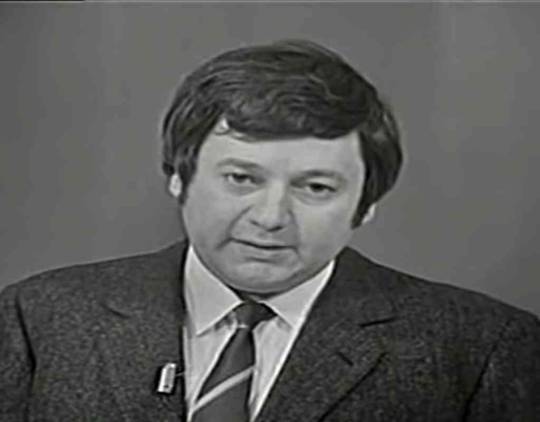
Visualizza su WordPress
0 notes
Text


“Northern Sudan, young woman with hands decorated with henna in a village near the Nile river.”
Photographed by Dino Fracchia, 1998.
3K notes
·
View notes
Photo

Ferrari F40
Image by Andrea Fracchia || IG
418 notes
·
View notes
Text

- E benvenuti a sti frocioni, belli grossi e capoccioni, e tu che sei un po' frì frì, e dimmi un po' che c'hai da dì!
- Non sono frocione, non mi chiamo frì frì, sono commissario e ti faccio un culo così!
2 notes
·
View notes
Photo
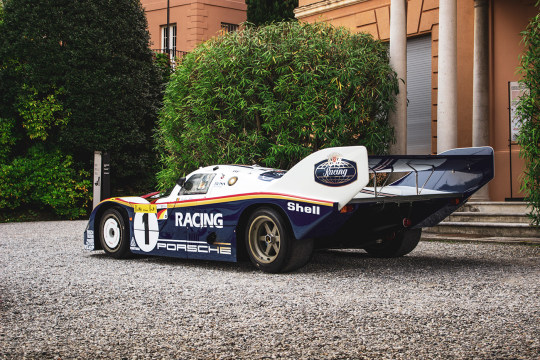
Porsche 956
Image by Andrea Fracchia || IG
63 notes
·
View notes
Photo

via Idea Books
5 notes
·
View notes
Text

Title: Fracchia contro Dracula (1985)
Vote: 7/10
Simple and not exceptional movie but it made me laugh a lot with its somewhat old-fashioned and basic style. Fracchia is the personification of the weak and inept salesman who would not be able to sell a bottle of water in the desert.
0 notes
Text
"LOTS OF PIG ON EVERY SANDWICH"
That has long been one of my favorite barbecue restaurant slogans, courtesy of Fracchia's Pit Barbecue Cafe, which operated at 2461-2465 Jackson Avenue from the late 1940s up to about 1970. It came to mind when I saw the obituary for John Thomas Fracchia Jr., 84, in The Commercial Appeal of June 25. The bulk of Mr. Fracchia's work life was spent in the marine industry, but he got his start by managing the family restaurant.
For most of the 15 or so years I've been dabbling in this, I have almost always sent letters to the people I've wanted to talk with. Surely I sent one to Mr. Fracchia, but I have not been able to find a copy in my research mess. If I did not send him a letter, that was a huge blunder on my part. If I did and did not get a response, well, that has happened a lot. I might try to contact the family later on.
Anyway, here are some phone book ads for Fracchia's. The oldest one, circa 1948, lists the 2461 address (and features a classic clip-art pig). Fracchia's was among several barbecue restaurants in the city from that era that also had Italian on the menu. At the time it disappeared from the phone book, circa 1970, a Loeb’s was practically next door, at 2451.



PROJECT UPDATE: 954 JACKSON
A post from last October led with the news of a $25,000 Good Neighbor grant from the Center City Development Corp. to Roosevelt Bonds, owner of Jazzy J’s Sports Bar, to renovate the site into a 1,430-square-foot restaurant to be called Jackson Cafe. Upgrades were to include a new facade, outdoor seating and improved landscaping, at a total cost of $32,550. March was the target for opening.
The interest here is that the location has a long history as a barbecue restaurant, at least back to the mid-1950s when it was known as the Bar-B-Q Center. Later names included Jones Smoke House, Beasley's Barbecue, and Jango's, which was a favorite around our house in the early 2000s.
I drove by a couple of months ago and not much had changed, but today's visit saw lots of progress. The west side has a spiffy mural, and the patio area is moving along (enclosed, in a departure from the design rendering). It all looks neat and inviting, and worth a stop when it opens.



PUT IT BACK
Tops, the venerable local barbecue chain, has been on a tear lately with new menu offerings and freshened facades on their older locations. All good, but I'm not a fan of the new look at the No. 6 shop at 3353 Summer. I have long considered it to be the most handsome Tops restaurant -- not even close -- and maybe the best-looking in the city. It has the neon pig (which is making a well-deserved comeback), but the real asset is the out-front placement of the pit, with a wall of windows to see it all. Fake flames now hide the real thing. Ugh. Put it back.

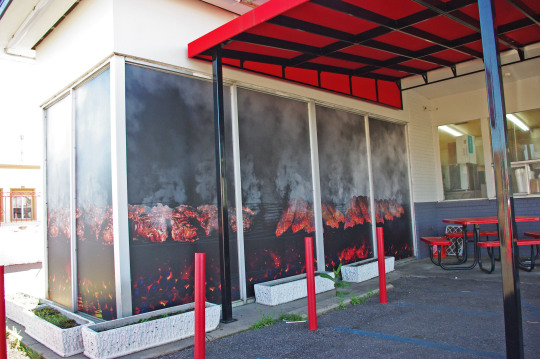
SERVICE ON THE ROAD
I've had the opportunity this year to visit a couple of West Tennessee barbecue treasures -- Helen Turner's in Brownsville and Sam's in Humboldt. I try to stop at Helen's any time I'm passing exit 56 on I-40, but Sam's is a bit farther off the beaten path, but definitely worth the drive. I hadn't been there in years. The barbecue is excellent, and be sure to take a “pie” with you. Sam's is a Thursday-Saturday business only, so keep that in mind.
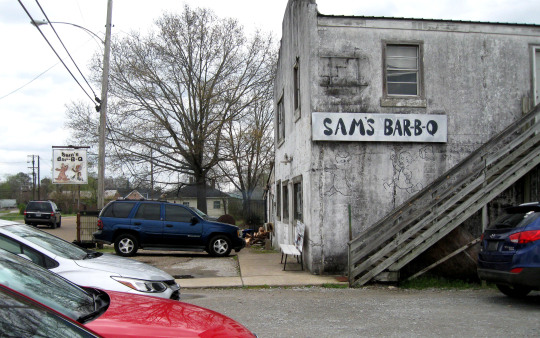
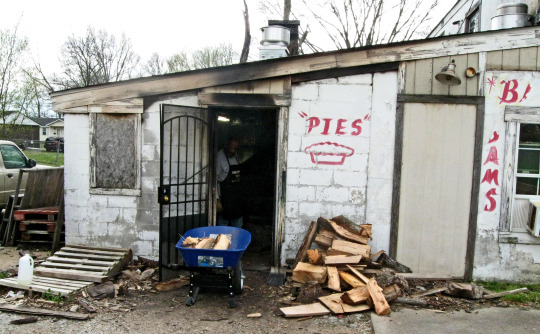

#Memphis barbecue#Memphis barbecue restaurants#Memphis barbecue history#Fracchia's Pit Barbecue Cafe#Jackson Cafe#Jango's#Tops Bar-B-Q#Helen Turner's#Brownsville TN#Sam's Bar-B-Q#Humboldt TN
1 note
·
View note
Link
Hasta fines del mes de marzo, el espacio de la galería está tomado por la muestra Penta Mantra, que reúne obras de tres artistas, Tomás Fracchia, Pablo Firpo y Ginevra Landini sostenidas desde lo textual por un cuento de Cristina Póstleman.
0 notes
Photo


Umberto Fracchia Mausoleum, Bargone, Enrico Del Debbio, 1932-1950. Photography by Roberto Conte.
385 notes
·
View notes
Text
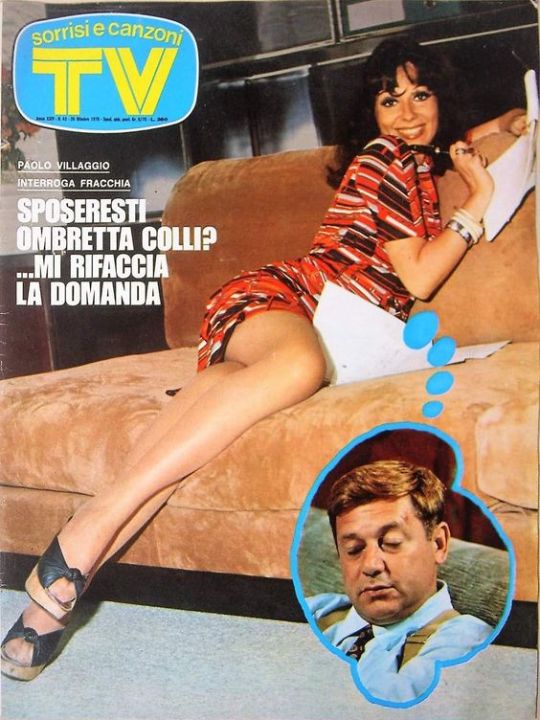
Paolo Villaggio interroga Fracchia
8 notes
·
View notes
Photo

Porsche 911 Turbo (930)
Image by Andrea Fracchia || IG
#Porsche 930 Turbo#Porsche 911 Turbo#porsche 911#cars#supercars#classic cars#911#turbo#Andrea Fracchia
419 notes
·
View notes
Text
We can now return to the question—posed in the beginning of this chapter—of whether the individual or the social relations in which individuals find themselves are ontologically primary. The preceding analysis of the human body reveals that already at the corporeal level human individuals are caught up in a web of social relations mediating their access to the conditions of their reproduction. Some of their organs even circulate as tools in their social environment. For this reason, it does not really make sense to ascribe primacy to either individuals or social relations. As Etienne Balibar puts it, Marx's perspective "establishes a complete reciprocity between these two poles, which cannot exist without one another". This is what Balibar, borrowing a notion from Gilbert Simondon, calls transindividuality, and thus we might say that the notion of corporeal organisation reveals the corporeal roots of transindividuality. We can of course speak of individuals in a corporeal sense: it is certainly possible to identify human individuals as relatively tightly knit bundles of functionally coupled organs spatially separated from other similar bundles. But the boundaries of the body are blurry, and for this reason we should avoid positing the kind of absolute division between individuals and their social relations implied by claims about the "primacy" of one or the other.
The double mediation at the heart of the human metabolism—the mediation of tools and the mediation of social relations—explains why it can take infinitively many different forms. To be sure, the human corporeal organisation also implies certain limits, as emphasised by Fracchia, but within these limits, the possibilities are virtually endless. Humans are bound to mediate their metabolism through tools, but there is no necessary way to organise this mediation. There is no specific set of tools which every individual must necessarily use, and for this reason there is an infinity of ways in which a division of labour can be organised. Human corporeal organisation opens up an immense space of possibility founded on a necessity: a metabolism must be established, but its social form is never simply given. There is no natural form of human metabolism in the sense that the natural characteristics of the human animal do not entail a specific form of metabolism. The organisation of the human body implies, in Piotr Hoffmann's words, "that human life cannot flow in a ready-made channel."
These considerations allow us to grasp the poverty of the romantic notion of an "original unity" of humans and nature. This notion pervades Kohei Saito's otherwise very interesting account of Marx's ecosocialism. According to Saito's reading, the core of Marx's political project is the abolition of capitalist alienation and "the conscious rehabilitation of the unity of humanity and nature". There are two possible ways in which a concept of the unity of humans and nature can be understood. First, it can be understood in the rather banal sense that humans are natural beings, i.e., a part of the totality we commonly refer to as nature. If this is what it means to speak of the unity of humans and nature, however, it makes no sense to say that it has been broken by capitalism. Sure, many people die of starvation because of capitalist relations of production, but it is hardly the general condition of existence (partly because capital needs people to stay alive so they can produce surplus value). The second possible meaning of the unity of humans and nature is a variant of the romantic ideal of an authentically human life, described earlier in this chapter. Such a notion relies on an implicit ideal of an authentic or immediate way for humans to relate to nature. This is the notion which runs through Saito's book and through so many other romantic criticisms of the capitalist destruction of the biosphere. In its worst forms, such a romanticism turns into New Age mysticism or reactionary Schwärmerei for rural life.
Marx's analysis of the human body allows us to see how misguided it is to speak of an original unity of humans and nature. We should rather speak of an original disunity or an original cleavage between humans and the rest of nature. What really characterises the human animal is that it is "biologically underdetermined". At the centre of its being is a "loss of immediacy", which far from being the result of capitalist alienation is rather an ontological and constitutive feature of this peculiar animal. Living all of your life staring into a smartphone in a megacity and eating prepared food without ever knowing where it comes from and how it is produced does not mean that a holy bond between you and nature has been broken; it just means that your individual metabolism is mediated by a complex system of infrastructures, data, machines, financial flows and planetary supply chains.
Søren Mau, Mute Compulsion: A Theory of the Economic Power of Capital
3 notes
·
View notes
Video
youtube
Fracchia la belva umana: Sandro Ghiani racconta il ruolo di De Simone. Buona visione e buonanotte.
5 notes
·
View notes
Text
Fabbriche di Careggine, Tuscany, Italy
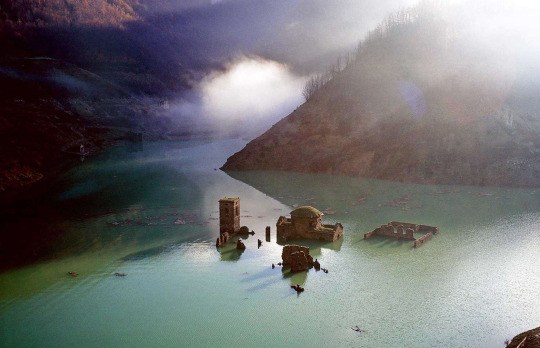
© Romano Cagnoni/Getty Images Fabbriche di Careggine, Tuscany, Italy
Lake Vagli, in the Tuscan countryside is more than just a reservoir – it conceals an entire medieval village in its waters. Fabbriche di Careggine was submerged in 1946 after a dam was built further up the lake plunging the village under 1.2 billion cubic feet (34 million cubic metres) of water. The then residents were relocated further south to another village, Vagli di Sotto.
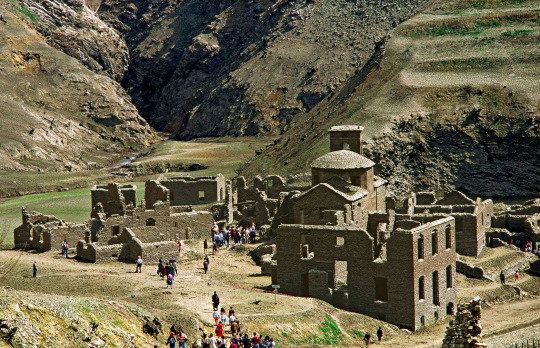
© Riccardo Sala/Alamy Stock Photo Fabbriche di Careggine, Tuscany, Italy
Roughly once a decade Lake Vagli is intentionally drained to maintain the dam and the old village is unveiled. It was last visible in 1994, but has previously remerged in 1958, 1974, 1983 too. The events attracted visitors from around the world, eager to see the ghostly 12th-century stone buildings.

© Dino Fracchia/Alamy Stock PhotoFabbriche di Careggine, Tuscany, Italy
In 2020 there were rumors the lake would be drained. But there’s still no official word from Enel, who own the site, about exactly when the dam will be closed and the phantom-like village will surface once more.
1 note
·
View note

